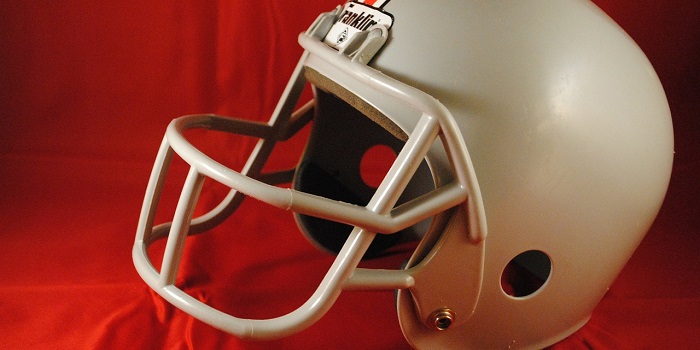
Young athletes are often the center of attention around the topic of concussions. Nowhere is this more prevalent than the world of football, where recent research—and a Hollywood movie—are elevating the discussion.
While solutions are still being debated, scientists like those at the Medical College of Wisconsin in Milwaukee are studying the physiological effects of concussions on the brain. The initial results of one study, presented at the annual meeting of the Radiological Society of North America, have found signs of reduced blood flow in the brains of young football players who have suffered concussions.
The preliminary study took a look at 18 athletes who had recently suffered concussions. Using an advanced MRI, researchers scanned each athlete one day after injury and again one week after injury. By the second evaluation, the athletes’ physical symptoms such as nausea, dizziness and confusion had already subsided, but the amount of blood flow in their brains had declined. No change in blood flow was seen in a control group of 19 uninjured players.
Although the findings were significant, researchers are unable to draw conclusions due to the small sample size of the study and not yet understanding the implications of the results. They’re also not sure how long the decreased blood flow lasts.
Additional research is needed to determine whether or not the advanced MRI technique in the study could be used to more accurately diagnose concussion recovery. Ideally, researchers hope to discover an “objective biological marker” to determine a recovery timeline.
“We don’t have enough data to tell parents or doctors what to do at this point,” Dr. Yang Wang, the leader of the study, said.
According to Wang, doctors currently rely on imprecise details, such as self-reported symptoms from patients, in order to clear athletes to return to the playing field. This can be an issue with young athletes who do not fully understand the implications of the diagnosis and may hide symptoms to return to play sooner.
According to the U.S. Centers for Disease Control and Prevention, more than 248,000 children and teenagers in the United States visit the emergency room each year due to concussions.
Header image via Pixabay








